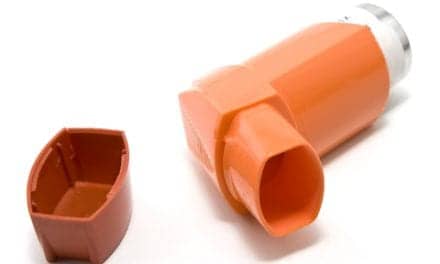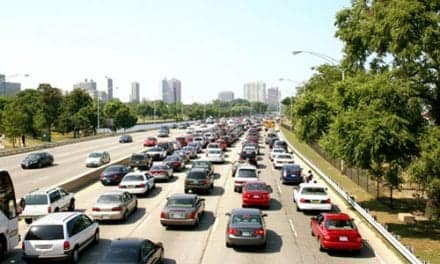Traffic pollution is likely a significant driver of pediatric asthma, according to a new study from George Washington University.
The research, which evaluated more than 13,000 cities around the world, suggests urban areas pose a higher risk for this condition and states that “mitigating air pollution should be a crucial element of public health strategies for children.”
The results, published in The Lancet Planetary Health, found that nitrogen dioxide (NO2), a gas commonly found in traffic pollution, is the cause of nearly 2 million new cases of pediatric asthma per year. Two-thirds of these cases occurred in urban areas where emissions are high.
It’s important to note that the proportion of pediatric asthma attributed to NO2 in urban areas decreased from about 20 percent in 2000 to 16 percent in 2019. This shift was likely related to cleaner air regulations, more fuel-efficient vehicles and the shift from coal plants to cleaner fuels in Europe and the U.S. However, NO2 pollution has risen in South Asia, the Middle East and Sub-Saharan Africa. The number of new cases in 2019 indicates that much more needs to be done to combat air pollution worldwide.
“Our findings suggest that millions of new cases of pediatric asthma could be prevented in cities around the world by reducing air pollution,” said Susan Anenberg, a lead author of the recent study. “Improving access to cleaner forms of transportation, like electrified public transport and active commuting by cycling and walking, would not only bring down NO2 levels, but would also reduce asthma, enhance physical fitness and cut greenhouse gas emissions.”










